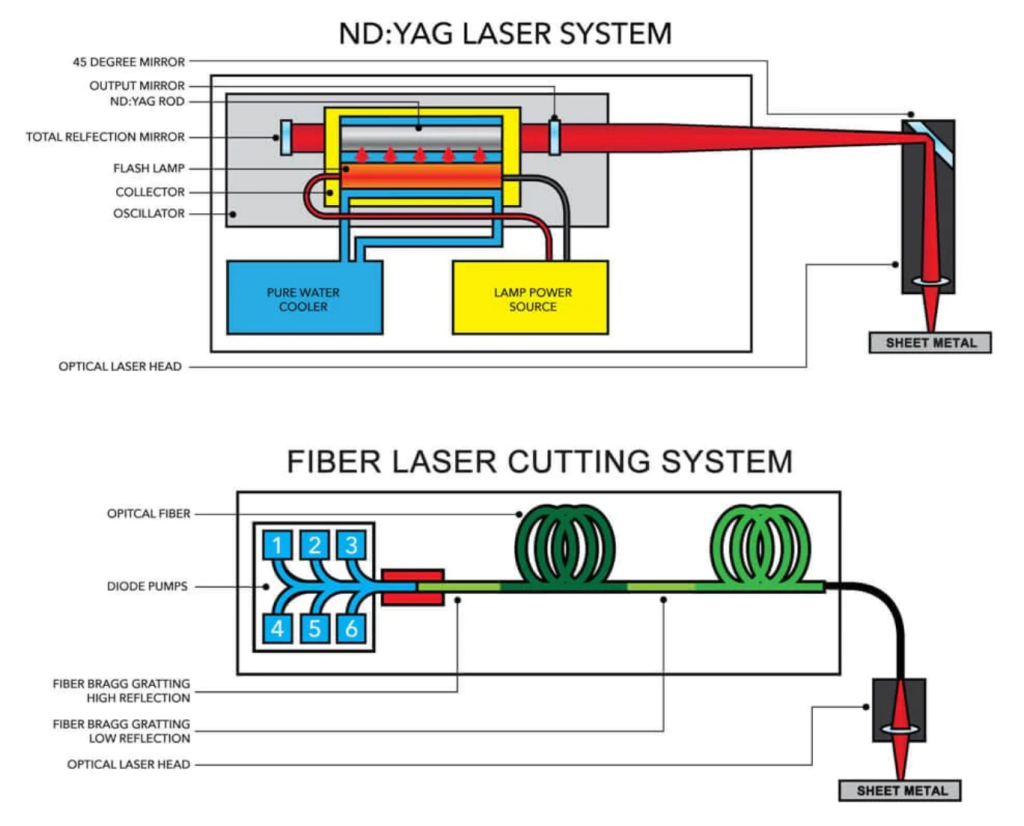Address
304 North Cardinal St.
Dorchester Center, MA 02124
Work Hours
Monday to Friday: 7AM - 7PM
Weekend: 10AM - 5PM

Choosing the right laser welding machine involves considering several factors to ensure it meets your specific needs and applications. Here are the steps to help you make an informed decision:
1. Determine your application:
– Identify the materials you’ll be welding (metals, plastics, etc.).
– Consider the joint configurations (butt joint, lap joint, etc.).
– Define the thickness of the materials.
2. Choose the laser type:
– There are various types of lasers, such as fiber lasers, CO2 lasers, and solid-state lasers. Select the one that best matches your application. Fiber lasers are commonly used for metals, while CO2 lasers are used for non-metallic materials.
3. Power and energy:
– Determine the required power and energy levels for your application. The power output affects the welding speed and depth, so choose a machine that provides the necessary power.
4. Beam quality and mode:
– Laser beam quality can impact the weld quality. High beam quality is essential for precision welding. Consider whether you need a Gaussian or flat-top beam profile.
5. Pulse duration and frequency:
– Depending on your application, choose the appropriate pulse duration and frequency. Shorter pulse durations are suitable for precision welding, while longer pulses may be required for heat-sensitive materials.
6. Spot size and focus:
– The size of the laser spot and its focal length are critical for controlling the welding process. Choose a machine with adjustable focus to adapt to different materials and joint configurations.
7. Cooling system:
– Laser welding machines generate heat, so an efficient cooling system is essential to maintain the laser’s performance. Consider air or water cooling systems based on your needs.
8. Automation and integration:
– Decide if you need automation features like robotic arms, CNC control, or online process monitoring to improve efficiency and consistency.
9. Safety features:
– Ensure the machine complies with safety standards and includes safety features like enclosures, interlocks, and beam shut-off mechanisms.
10. Service and support:
– Research the reputation of the manufacturer and the availability of technical support, maintenance, and spare parts.
11. Budget:
– Set a budget and try to find a machine that meets your requirements without overextending your finances.
12. Test and evaluate:
– Whenever possible, test the laser welding machine with your specific materials and application to ensure it meets your quality and productivity standards.
13. Warranty and training:
– Check the warranty offered by the manufacturer and inquire about training options for your operators to maximize the machine’s potential.
14. Environmental factors:
– Consider the operating environment, including space requirements, ventilation, and power supply specifications.
15. User feedback and reviews:
– Look for user reviews and feedback from others in your industry who have experience with the machine you’re considering.
Choosing the right laser welding machine requires careful consideration of your specific needs and the characteristics of the materials you’ll be working with. It’s essential to research and consult with experts or manufacturers to make an informed decision.

